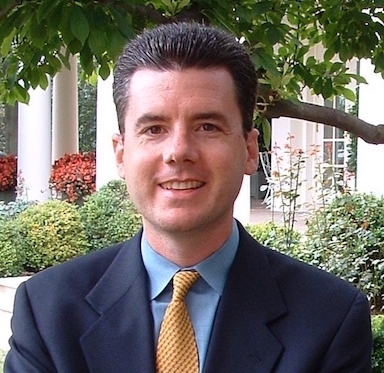Fixing Healthcare From the Inside, Today by Steven J. Spear, Harvard Business Review (PHBs broke the link so I removed it).
Best efforts are not the answer, as Deming said.
The changes I’ve described at West Penn were individually small, but taken together they led to marked improvement in the presurgical unit’s performance. That’s also characteristic of change at Toyota: People don’t typically go in for big, dramatic cure-alls. Instead, they break big problems into smaller, tractable pieces and generate a steady rush of iterative changes that collectively deliver spectacular results.
First, as Shadyside discovered, the solutions from one situation may not apply in another. Second, the most effective changes – —at West Penn, South Side, and elsewhere – —are small ones, generated by rapid experiments. Draw too big a group into the initial deployment, and the experiments become unwieldy, requiring too many people to change too much of their work at the same time.


Pingback: CuriousCat: How to Avoid Kaizen